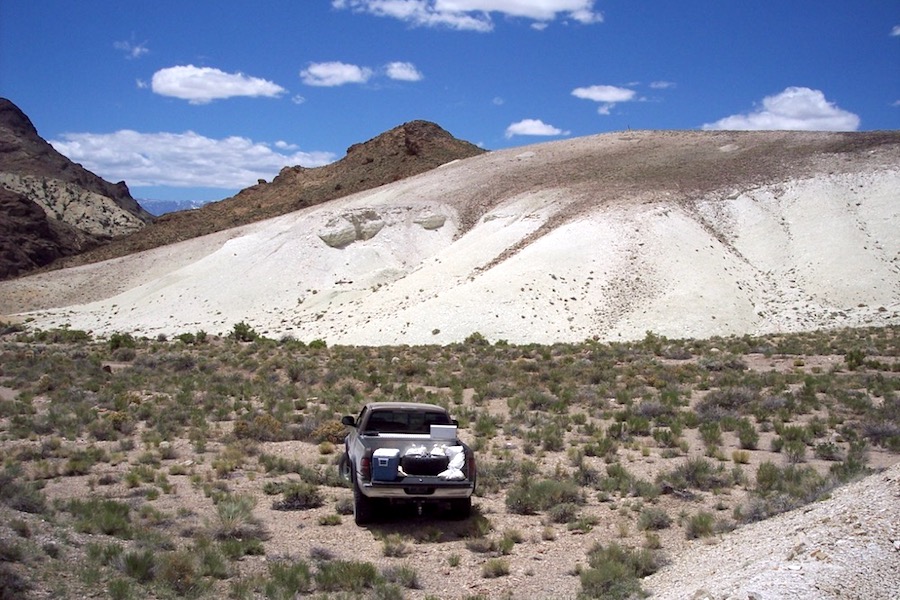US moves closer to approving ioneer’s Nevada lithium mine

The US Bureau of Land Management (BLM) moved a step closer on Friday to approving ioneer’s Rhyolite Ridge lithium mine in Nevada, a project that would be a key supplier of the electric vehicle battery metal to Ford Motor and others.
The proposed mine, roughly 225 miles (362 km) north of Las Vegas, contains one of North America’s largest sources of lithium, and could produce enough of the metal to power nearly 370,000 EVs each year.
The site is also home a rare flower found nowhere else on the planet, so some conservation groups oppose ioneer’s project, making it a lightning rod in the debate over whether biodiversity matters more than the fight against climate change.
The BLM said it plans to next week publish a draft environmental impact statement for public review during a 45-day public comment period, ending on June 3. The agency noted that ioneer has redesigned the mine to incorporate a protection plan for the flower.
The proposed lithium mine “represents another step by the Biden-Harris administration to support the responsible, domestic development of critical minerals to power the clean energy economy,” the BLM said in a press release.
The US Fish and Wildlife Service declared the Tiehm’s buckwheat flower endangered in 2021. The US Geological Survey has called lithium a critical mineral vital for the US economy and national security. The US Department of Energy has said it will lend ioneer up to $700 million to develop the mine.
During the review period, BLM said its staff will conduct at least one in-person and one virtual public meeting on the proposal.
Bernard Rowe, ioneer’s managing director, said he believed Friday’s announcement reflected the company’s willingness to work with the government to protect the flower and develop a domestic source of lithium.
“It really is a good demonstration of how, when parties come together and work through challenges, there are solutions that are possible,” Rowe told Reuters.
The BLM said a final decision is expected by the end of the year, after which ioneer would need to close a funding agreement with the DOE and also with South Africa’s Sibanye Stillwater.
The Center for Biological Diversity (CBD), a conservation group that has opposed the mine, said in response to BLM’s announcement that it would “take every available measure to protect” the flower.
“This is another in a series of bizarre media stunts that the Bureau of Land Management has concocted while it drives the false narrative that it is conserving Tiehm’s buckwheat,” said the CBD’s Patrick Donnelly.
The mysterious death of more than 17,000 Tiehm’s buckwheat flowers near the mine site in 2020 sparked allegations from conservationists of a “premeditated” attack in which the plants were “dug up and destroyed.”
Australia-based ioneer denied harming the flowers. The Fish and Wildlife Service later blamed thirsty squirrels.
(By Ernest Scheyder and Roshia Sabu; Editing by Shilpi Majumdar and David Gregorio)
{{ commodity.name }}
{{ post.title }}
{{ post.date }}


Comments